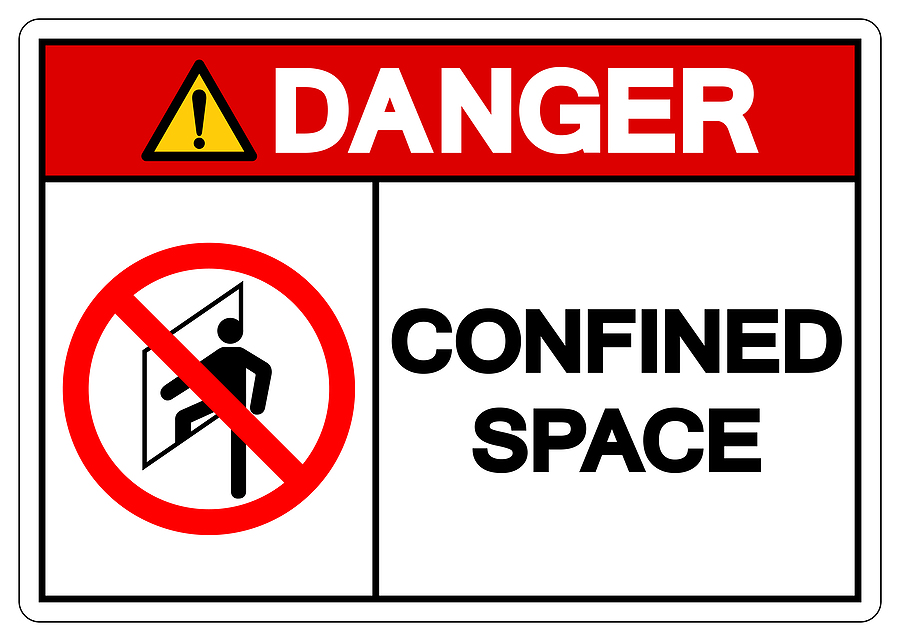Confined Spaces and the Intrinsic Risks Associated with Them

One of the most dangerous aspects of the job is having to operate in tight quarters. Each year New Mexican workers are injured or die each year while working in a confined space. All businesses need a thorough “Confined Space Hazard Assessment & Control Program” since confined spaces are significantly more dangerous than common work areas. This article will discuss the hazards associated with working in various confined spaces that are more widespread in the workplace. You’ll be better prepared to plan for and prevent potential hazards if you have a firm grasp of what these are and why they provide problems.
Confined Spaces: An Explanation
A “totally or partially enclosed space” is defined as one that:
It wasn’t built or planned to house people indefinitely.
has a layout that makes it difficult to provide first aid, evacuate people, or perform other emergency procedures
Mechanical, process and safety dangers exist due to the job’s nature and the building’s design, construction, location, and/or atmosphere.
The scope of this concept reveals that enclosed areas are more widespread than is generally believed.
Various Forms of Confined Areas
The following are examples of limited workplace spaces:
- Wells
- Shelving units
- Boilers \Sewers
- Silos \Pipelines
- Sumps \Vessels
- Reservoirs
- Storage Containers
Down in the (perhaps flooded) cellar… as well as a great deal more. Each carries its unique degree and nature of risk, so it’s important for employers to:
- Recognize that their workers will be entering a confined space.
- Appreciate the seriousness of those risks.
- Devise a strategy to mitigate those dangers and raise workers’ awareness and preparedness for them.
Evaluation Methods for Confined Areas
One must consider the key risks when evaluating confined spaces or spaces at work.
Many workplaces tight spaces pose a significant risk due to a lack of oxygen.
Depending on the area and the materials, fire and explosion are potential threats.
Furthermore, materials’ toxicity should be considered.
There is also the possibility of drowning in water or an easily dispersed substance.
All four-make working in confined areas a potentially dangerous proposition. Neither of these possibilities is exclusive to the other, nor are they the only ones to think about.
As part of an all-encompassing confined space safety & risk-mitigation plan, management and staff should complete the following steps before beginning work in a restricted area:
- The oxygen level, the presence of explosive circumstances, and the presence of flammable or poisonous pollutants in a confined space must be tested by competent people or individuals.
- If the findings of the tests suggest that the environment could be hazardous or flammable, purging and ventilation must be performed.
- The individual working in the restricted space, a bystander at the entry, and a third worker within visual and audible range who is not obstructed by other workers or objects are all necessary.
- Protective gear and a safety net Each participant must wear a full-body Class E harness connected to a lifeline, which must be identified and checked for proper operation by a competent person designated by the employer.
- All personnel must communicate with one another through radios, microphones, hand signals, and/or flags, and the competent person must make sure the confined space is constantly monitored for the hazard the entire time an employee is working there.
- This is the cornerstone of any good strategy for assessing and preventing hazards in restricted spaces. While there is much more to reducing confined space risks in the workplace, a good starting point is to familiarize yourself with the basics.
